Introduction
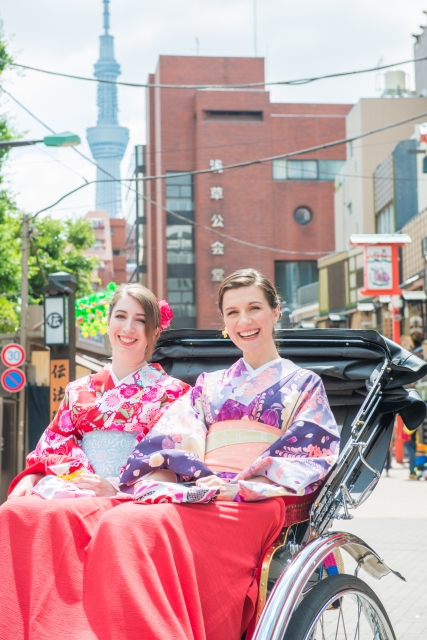
—but Japan’s summer
can be harsher than
expected.
This summer in Tokyo’s Asakusa, I witnessed a foreign visitor collapse from heatstroke while enjoying the area in kimono. Fortunately, an ambulance arrived quickly, and it did not turn into a serious case. But the incident reminded me how dangerous Japan’s summer can be, especially for those not used to its heat and humidity.
In this post, I would like to introduce the unique features of Japanese summer, the risks of heatstroke, and some practical tips for staying safe—together with a glimpse of the Japanese spirit of kizukai (caring for others).
Japanese Summer Climate
According to Nijyu-Shisekki (the 24 seasonal divisions in Japan), summer traditionally referred to the period from April to June. This definition matched the lunar calendar used until the mid-19th century, which was about one month behind the solar calendar.
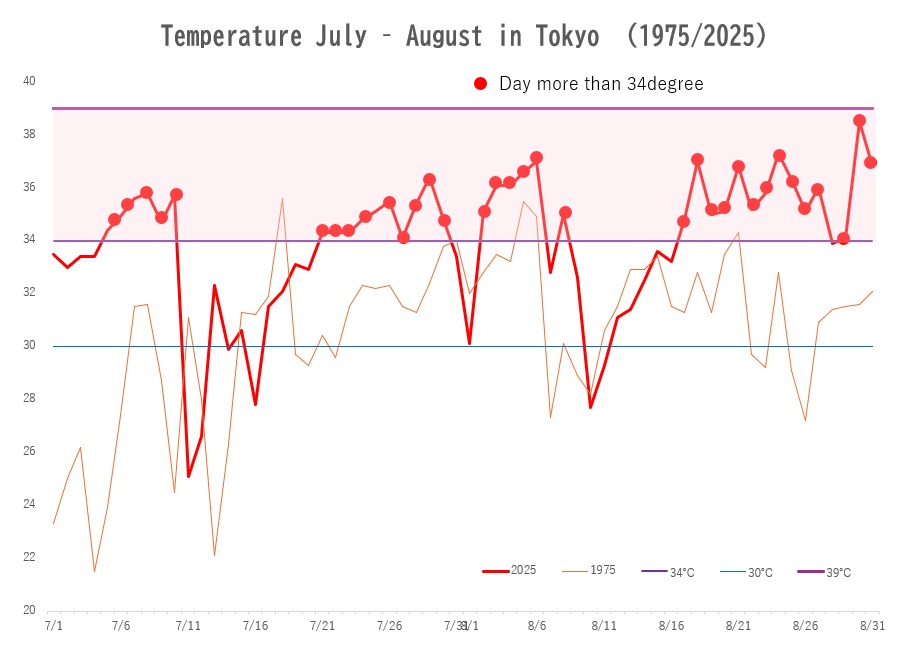
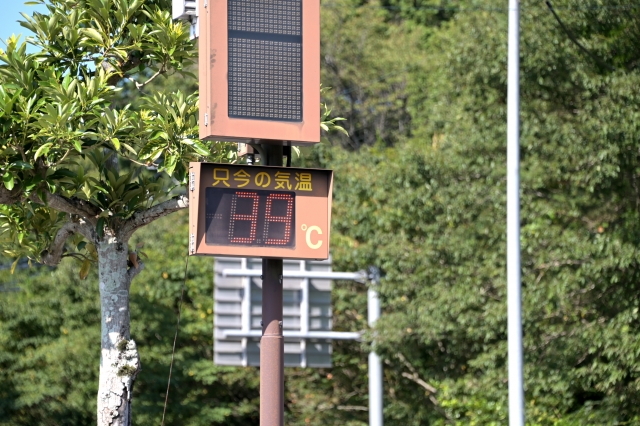
In modern Japan, however, summer typically lasts from mid-June until mid-September. During this season, temperatures often exceed 30°C, and in recent years some cities have recorded over 40°C. In 2025, Tokyo saw 38.5°C—its fifth-highest temperature on record.The graph compares the maximum temperature in July and August between 1975 and 2025, showing a clear rise over the past fifty years.The Japanese archipelago lies mostly in the temperate climate zone (with Okinawa belonging to the subtropical zone), but sometimes the combination of high summer temperatures and humidity has a strong impact on the human body.
Heatstroke Risks for Foreign Visitors
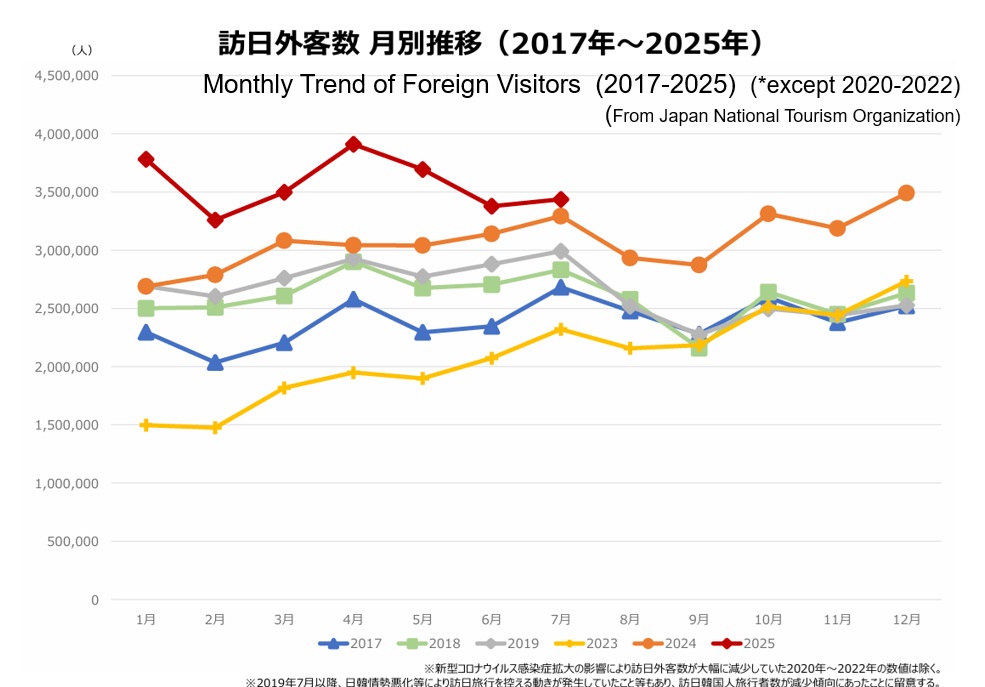
Japan is expected to welcome nearly 40 million international visitors by the end of 2025., and many continued to come even during the hottest months. The graph shows the number of foreign visitors per month, and the monthly number is not fluctuated, still many foreigners are visiting Japan even in summer. However, in these extremely hot summers, tourists unfamiliar with such heat and humidity may experience symptoms such as dizziness, nausea, or fatigue. This condition is known in Japanese as 熱中症 (Necchū-shō)—heatstroke.
What is 熱中症 (Necchū-shō)?
Heatstroke occurs when the body’s natural cooling system fails. Symptoms include heavy sweating, dizziness, headache, nausea, and sometimes fainting.
People with chronic conditions such as high blood pressure, diabetes, heart disease, or kidney problems are especially at risk. In severe cases, heatstroke can be life-threatening, particularly for the elderly.
Japanese TV weather reports often issue “heatstroke alerts,” advising people to avoid unnecessary outings during hot and humid days. While locals are accustomed to these warnings, many visitors may not be aware of the risks.
Precautionary Measures
When exploring Japan in summer, please keep the following in mind:
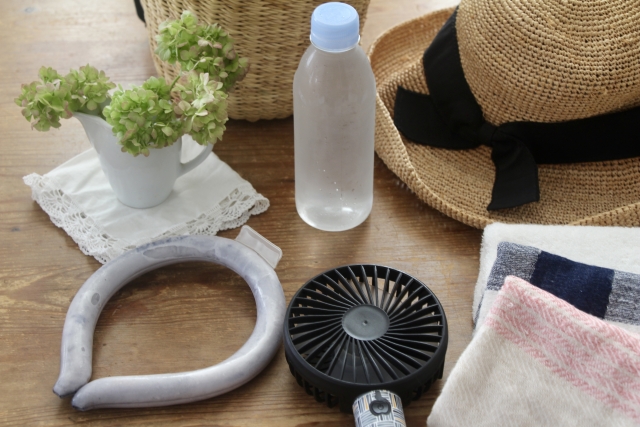
- Protect yourself from the sun
- Use a parasol or wear a hat.
- Rest often in shaded or air-conditioned places.
- Avoid staying outdoors for long periods during midday.
- Keep your body cool
- Wear light, breathable clothing.
- Use cooling items such as ice packs, cold towels, or neck coolers.
- Stay hydrated
- Drink water, tea, or sports drinks frequently.
- Avoid alcohol and overly sweetened drinks.
For more detailed advice, you may also refer to: Heat Stroke in Japan: A Foreigner’s Survival Guide to the Sweltering Summer | JoynTokyo.
Useful Products in Japan

Neck cooler, Handy Fan
With heatstroke becoming a social concern, many useful items are widely available in Japan:
- UV-blocking parasols
- Cooling scarves
- Lightweight jackets with built-in fans
- Battery-powered neck coolers
These products can be found at convenience stores, drugstores, and electronics shops.
In Case of Emergency
If you or your friends feel unwell, do not hesitate to ask nearby Japanese people for help. While not everyone is fluent in English, the spirit of hospitality is deeply rooted in Japanese culture.
We value kizukai—the awareness of others’ needs and feelings—and ichi-go ichi-e (一期一会), an expression from the tea ceremony meaning “each encounter is unique and should be cherished.” These ideas encourage us to treat every meeting with sincerity and compassion. So please, if something happens, reach out. You will find people ready to assist you.
How to Enjoy Japan’s Summer Safely
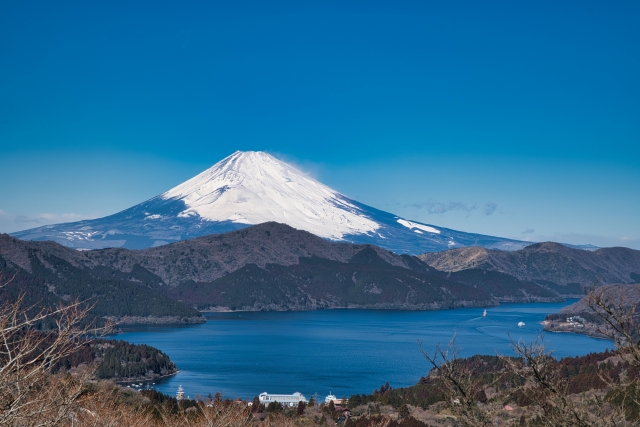
as Mt. Fuji, Hakone
If traveling in summer is unavoidable, consider planning visits to cooler destinations such as:
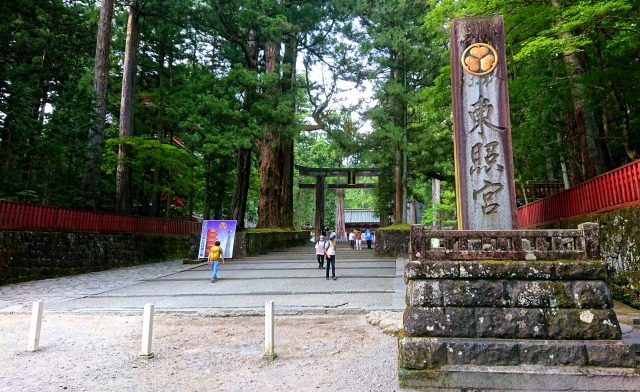
- Mt. Fuji – Japan’s highest and most iconic mountain. (See more at Mt. Fuji)
- Hakone (箱根) – A famous hot spring resort near Tokyo.
- Karuizawa (軽井沢) in Nagano Prefecture – A popular highland summer retreat.
- Nikko (日光) in Tochigi Prefecture – A UNESCO World Heritage site in the mountains.
By adjusting your itinerary, you can still enjoy Japanese traditions, festivals, and scenery without suffering from the harsh heat.
Conclusion
Japan’s summer is full of charm—festivals, fireworks, yukata, and seasonal foods—but it also brings real risks if you are not prepared. With awareness, precaution, and a little kizukai, you can experience Japan’s summer safely and meaningfully.
Remember, every encounter in Japan is a once-in-a-lifetime experience—ichi-go ichi-e. Treasure it, and take care of yourself under the hot summer sun.
Share Your Thoughts
Have you experienced something similar in your own culture?
Your reflections are welcome.
💬 Jump to the comment section


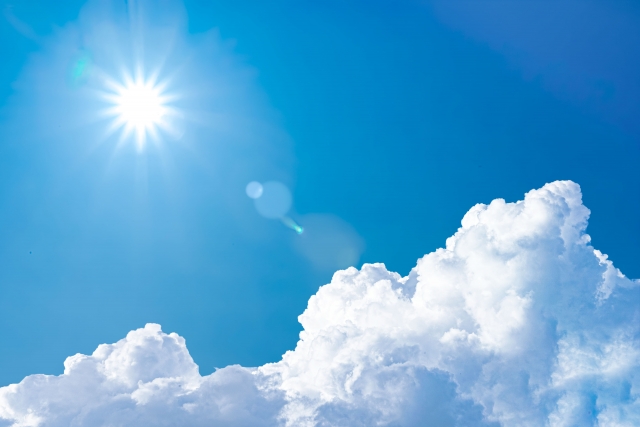


Share Your Perspective